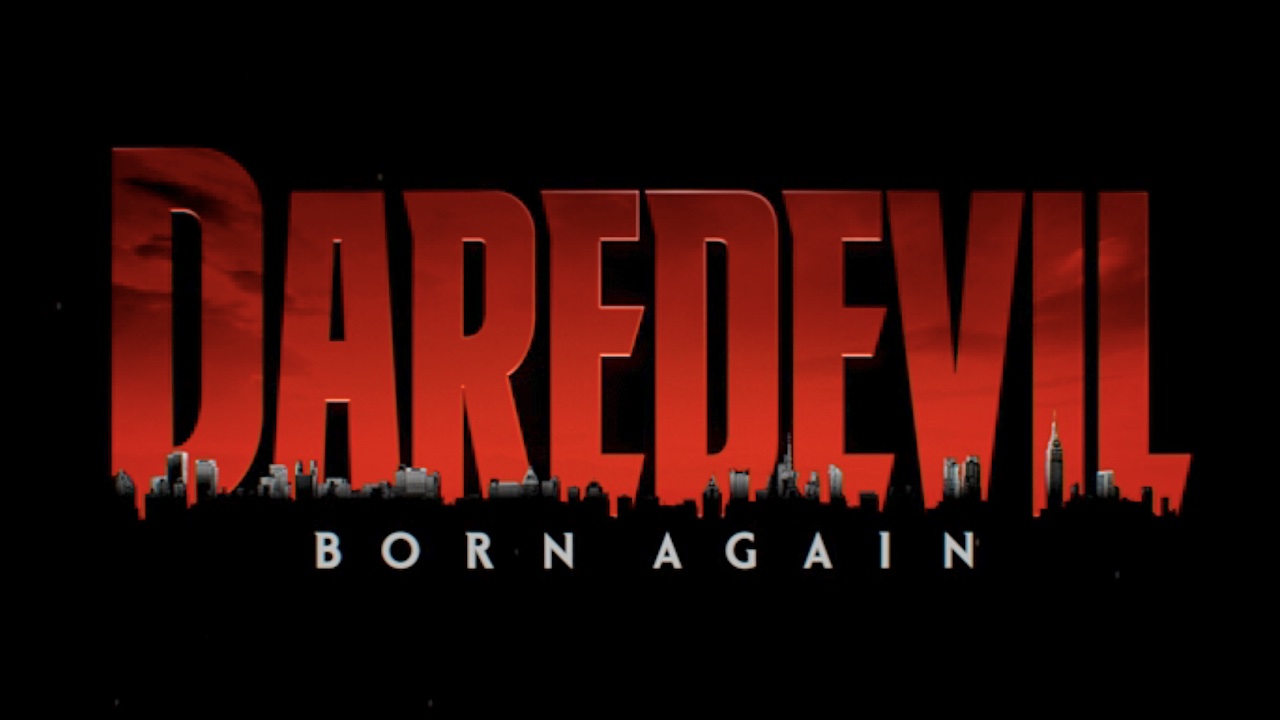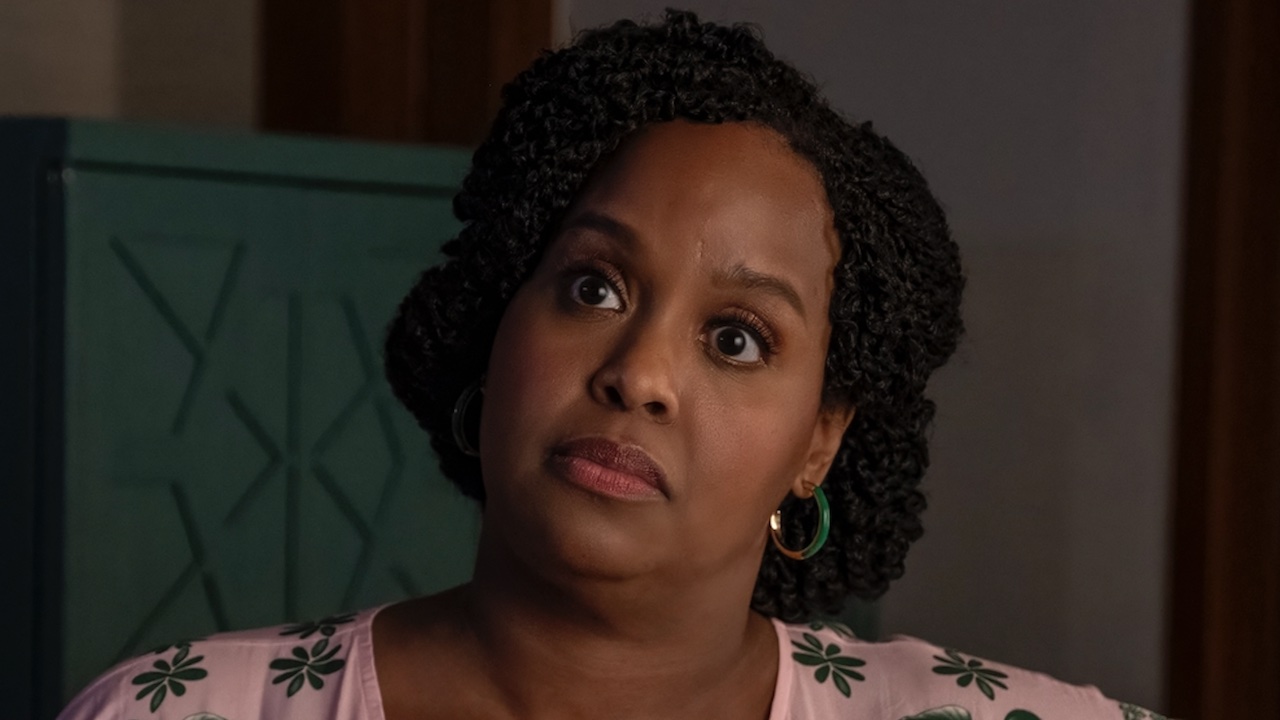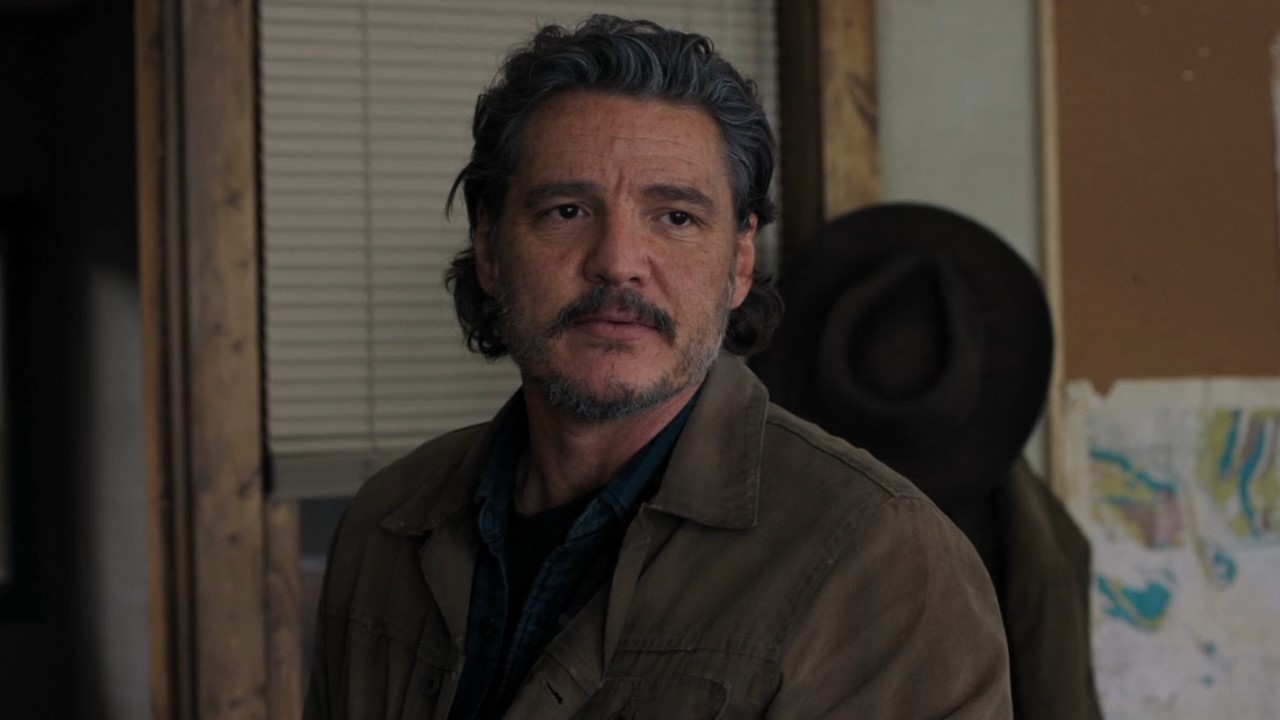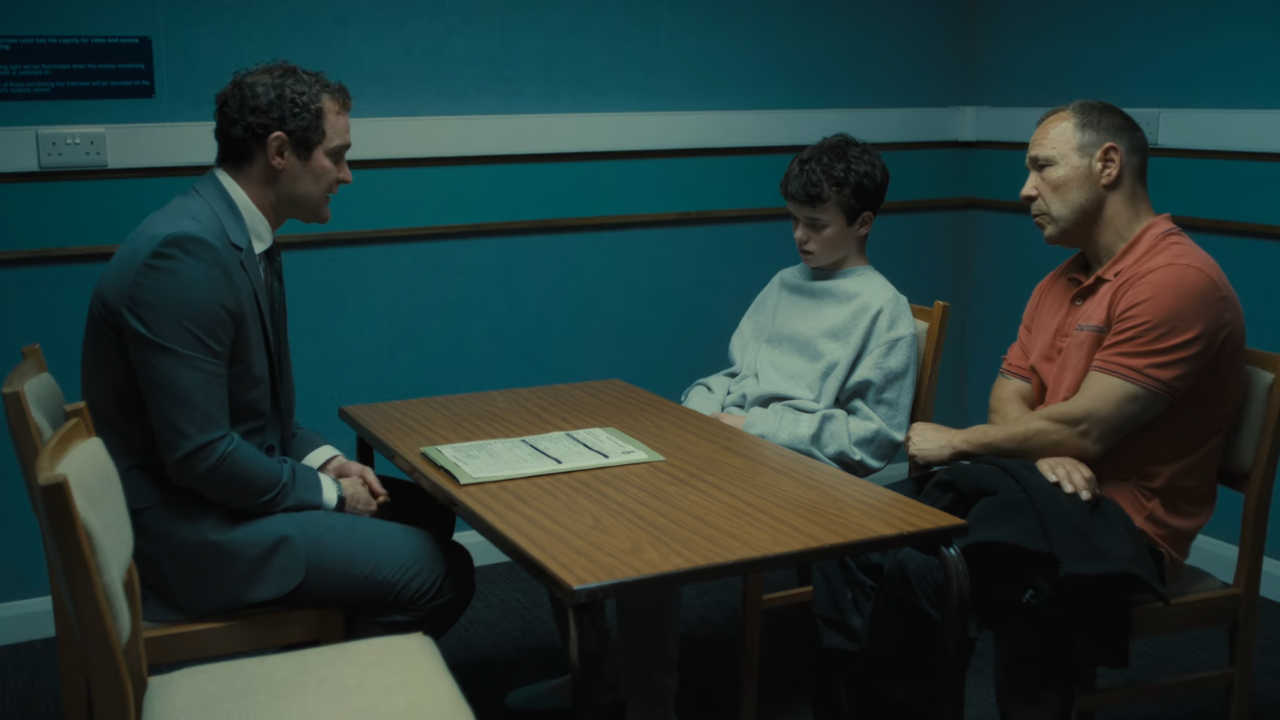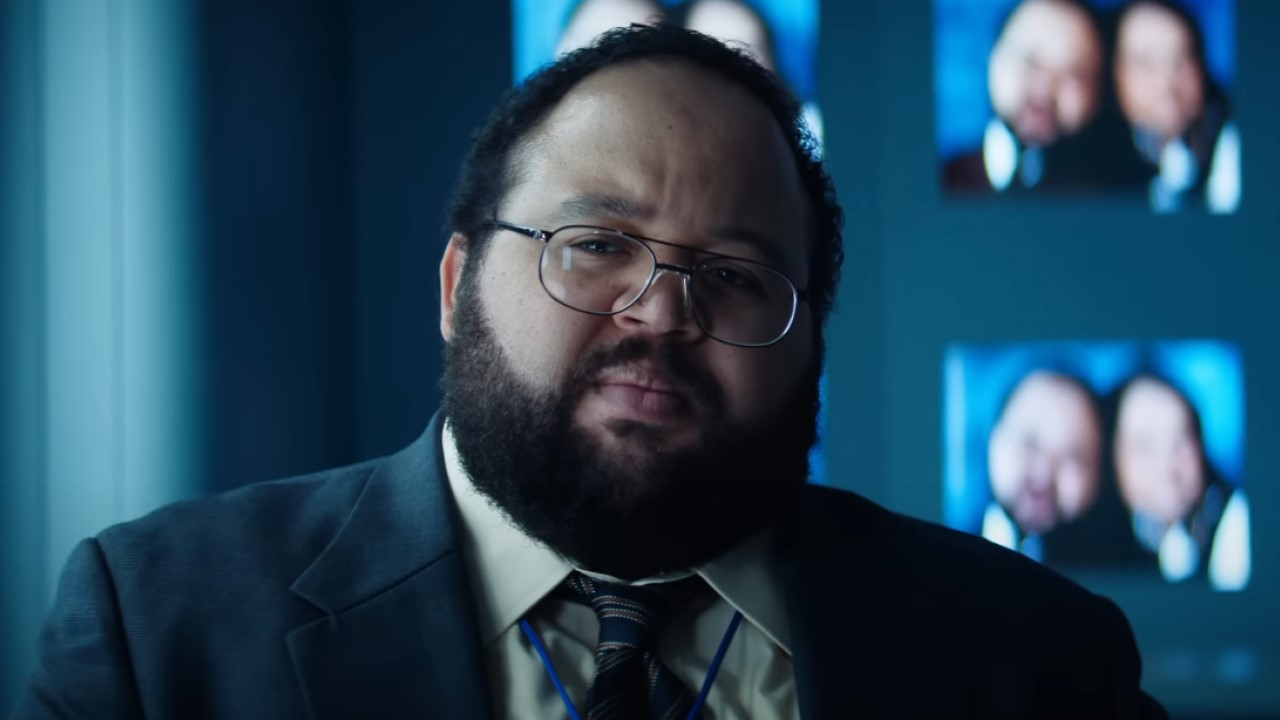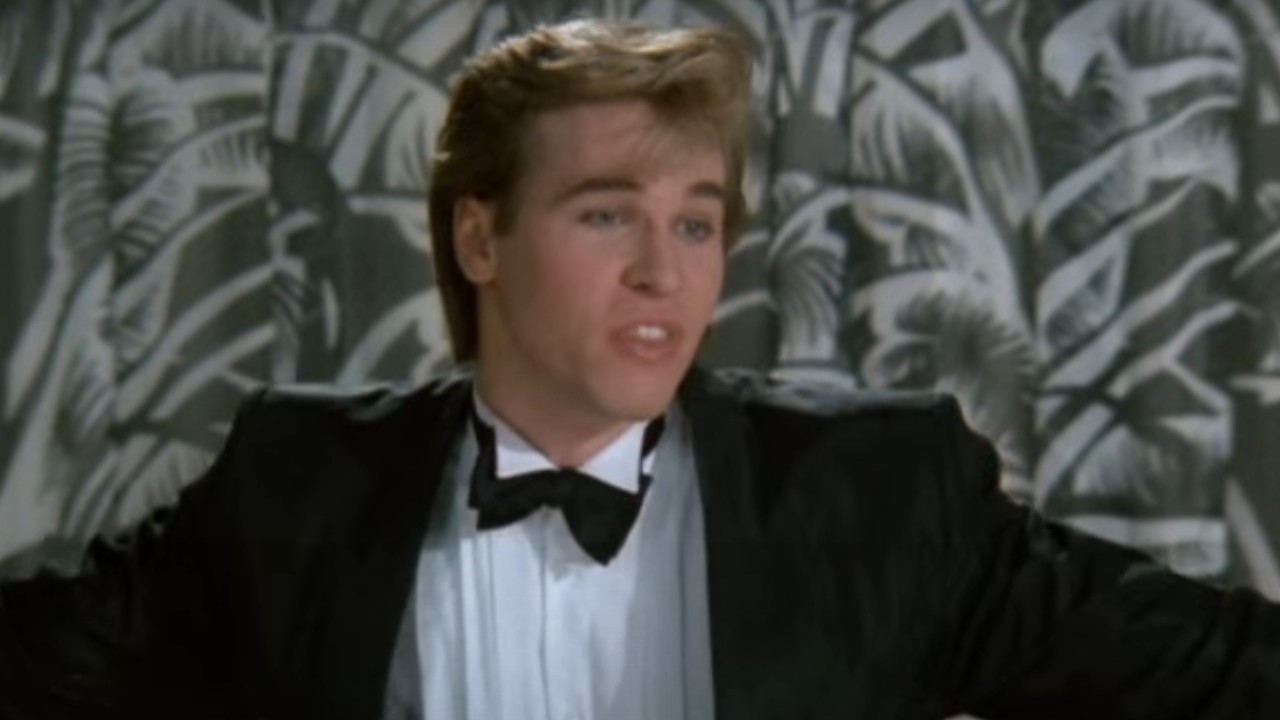Adapting Stephen King's Crouch End: Nightmares & Dreamscapes' Second Episode Is All About The Lovecraftian Horrors
Starring Claire Forlani as a Honeymooning tourist trapped in a nightmare.
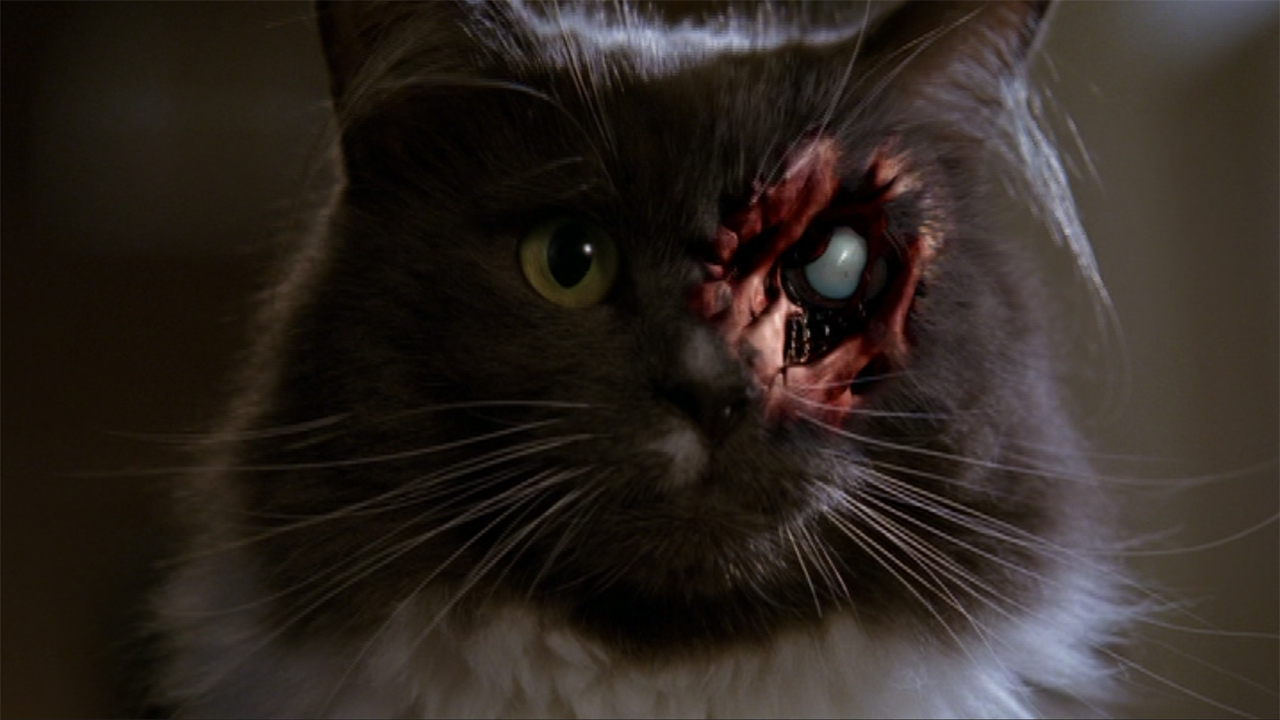
In planning out the release schedule for the anthology series Nightmares & Dreamscapes: From The Stories Of Stephen King, the TNT network opted to unleash the eight episodes in two hour blocks on Wednesday nights from mid-July until early August 2006. The calculous from there was figuring out how the installments would be paired up for broadcast. In retrospect, it seems like their ultimate strategy was to have each night’s block begin with one of the better episodes in the lineup, and have the weaker second reap the benefits in the ratings from the carry-over audience.
For the premiere, the obvious choice to lead things off was “Battleground,” the adaptation of the Stephen King short from 1979’s Night Shift directed by Brian Henson and starring William Hurt. As I noted in last week’s column about the episode, it’s a high concept story about toy soldiers that lead an assault against an assassin who kills a famous toy maker, and it’s executed with tremendous style and flair – opting not to features a single line of dialogue, and featuring some impressive, state-of-the-art visual effects. Making it the debut of Nightmares & Dreamscapes told Constant Readers and horror fans that the show would deliver faithful takes on King’s work that would be both creepy and entertaining, and it was a great choice.
Then came “Crouch End.” Directed by Mark Haber, who had established himself with a resume full of TV movies, and scripted by writer/producer Kim LeMasters, the episode was the first episode of Nightmares & Dreamscapes to draw on source material actually from the show’s titular collection. It stars Claire Forlani and Eion Bailey as its leads, a pair of hapless Americans who get caught up in a Lovecraftian nightmare… and it happens to be the weakest entry from what is otherwise an impressive anthology series.
What’s the problem? I’ll get into that in this week’s Adapting Stephen King – but first, let’s explore the origins of “Crouch End,” which is actually a special story in the King canon for having what can be called an atypical setting.
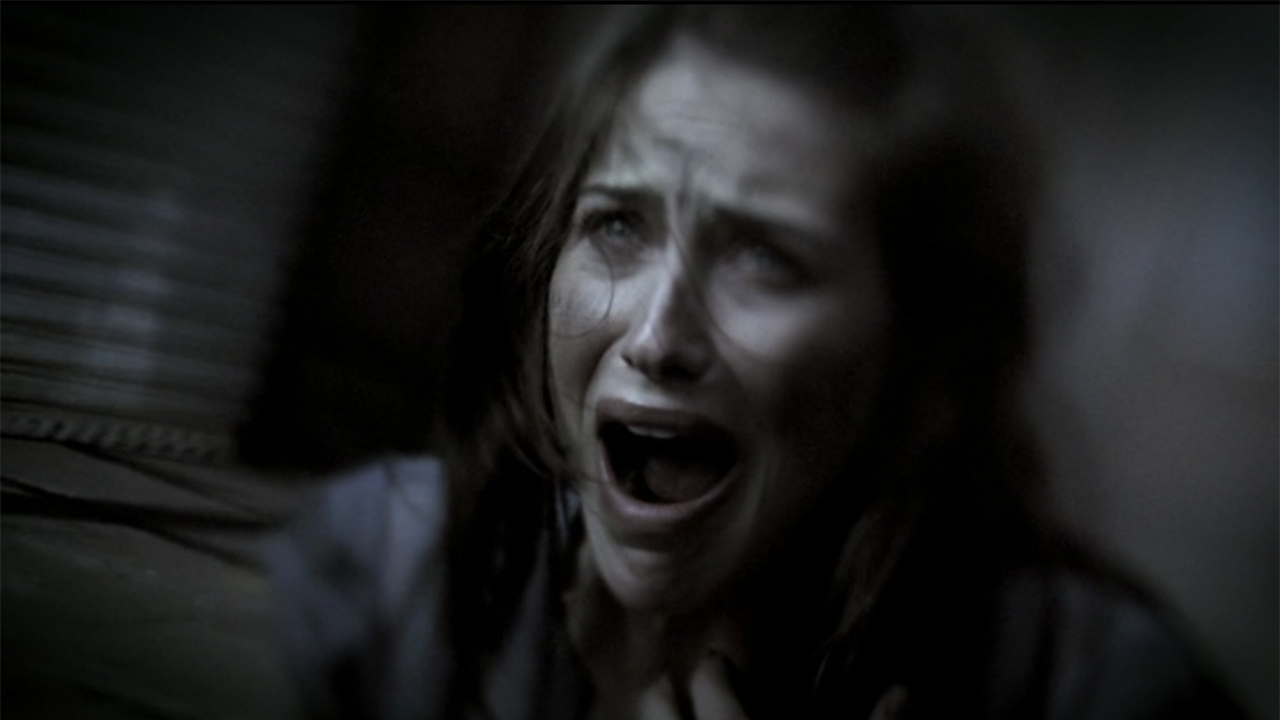
What “Crouch End” Is About
H.P. Lovecraft has become recognized as a controversial figure in literary history due to his bigoted and prejudiced personal beliefs, but there is also no denying the immense impact that his fiction has had on pop culture. His introduction of nightmarish alternate planes of existence, dark fantastical history, and monstrous cosmic entities has influenced icons and luminaries of the horror genre, from John Carpenter, to Neil Gaiman, to Guillermo del Toro, to – of course – Stephen King.
Several books and short stories by King either tie directly to the Cthulhu Mythos or synchronize with Lovecraft’s unmistakable tentacle-centric aesthetic, examples including the ‘Salem’s Lot prequel “Jerusalem’s Lot” from Night Shift and the haunting and perfect novel Revival (a tome still awaiting adaptation). “Crouch End” is another one of these titles, and was actually first published in the 1980 anthology New Tales of the Cthulhu Mythos before being slightly altered and re-released as part of Nightmares & Dreamscapes.
On beyond the link it creates between the works of Stephen King and H.P. Lovecraft, “Crouch End” is in part a standout work because it is one of the few Earthbound King tales that doesn’t take place within the continental United States. It’s not alone in that quality – the short story “In The Deathroom” from 2002’s Everything’s Eventual, for example, is set in South America – but it is a different flavor from the authors.
CINEMABLEND NEWSLETTER
Your Daily Blend of Entertainment News
The eponymous Crouch End is a neighborhood in London, England, and the story has a non-linear structure that begins with police constables in the district, Robert Farnham and Ted Vetter, reflecting on their shocking evening spent with Doris Freeman: a distraught American woman on vacation who came to them for help following the disappearance of her husband, Lonnie. The night being quiet, Farham recalls the details of Doris’ frightening recitation of events, which starts with Lonnie making plans to meet with a prospective employer at his home in Crouch End – though they don’t know the street address.
The couple think they are going to an ordinary place, but they are slowly disabused of that notion as they are abandoned by a taxi, see a gang of bikers that for a moment seem to have the heads of rats, and encounter a cat with a slashed faced and “one milky cataract.” As they continue to wander around trying to find their destination, the environment around them changes, and they question not only if they are still in Crouch End, or but if they are even still in our world.
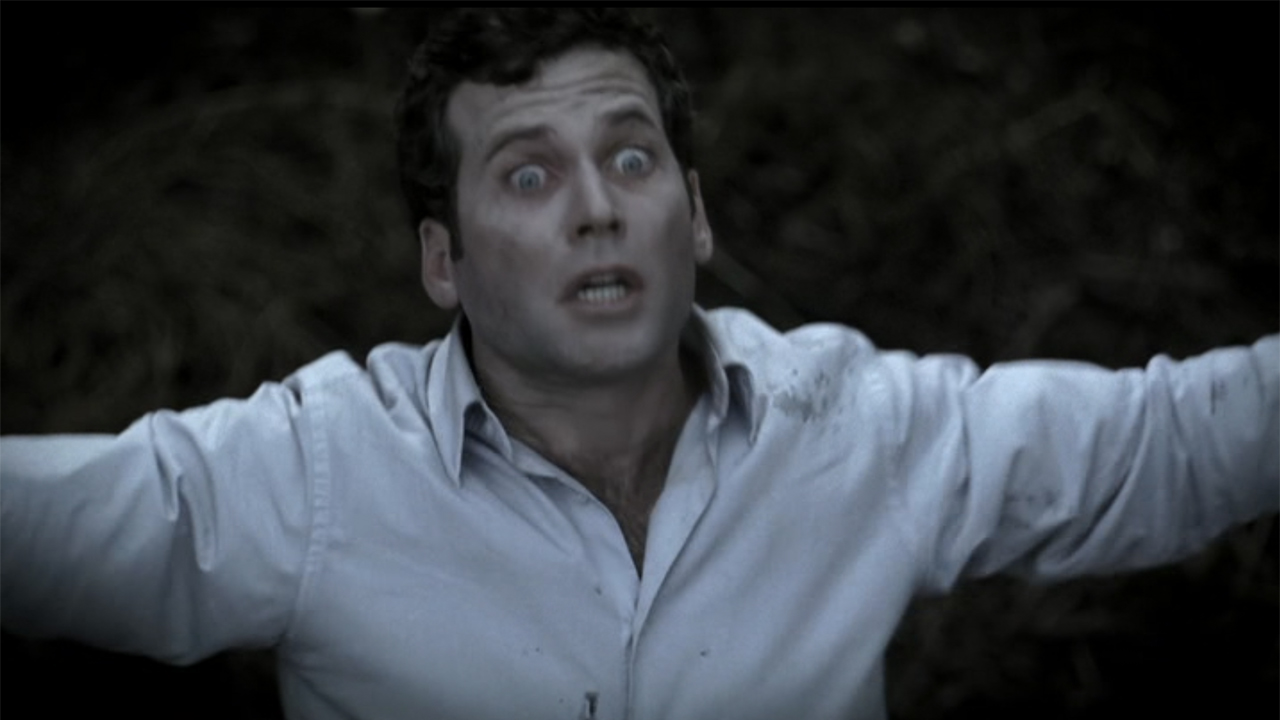
How Nightmares & Dreamscapes’ “Crouch End” Differs From The Short Story
The brevity of Stephen King’s “Battleground” forced writer Richard Christian Matheson to get inventive in the scripting of the first Nightmares & Dreamscapes episode, but Kim LeMasters didn’t have the same kind of task. The filmmaker found more than enough substance in King’s “Crouch End” to fill an hour-long programming block, but there are alterations, the standout being the way in which it simplifies the structure.
The adaptation technically has a non-linear structure, as it begins with Doris Frehman (Claire Forlani) in the Crouch End police station with PC Farnham (Luke Walker) prior to flashing back to the start of her nightmarish day – but the episode doesn’t commit to it at all. Through this choice, the story actually changes protagonists. In Stephen King’s story, Farnham’s perspective is what’s used to filter the story, but he’s excised almost entirely from the live-action version, and Doris is instead made the lead character.
Also changed for no apparent reason is Doris and Lonnie’s reason for being in England to begin with. While the short story features them as parents on vacation – the children staying at the hotel during their day out – the anthology series turns them into a honeymooning couple diverting from their plans so that Lonnie can pursue a business opportunity.
Because the focus of the story is taken away from PC Farnham and PC Vetter, the episode also has to find a different way to deliver its fantastical exposition. It’s Vetter who in the short story explains to Farnham that Crouch End is said to be a kind of multiversal thin spot where the walls between dimensions can be broached. Almost the identical elucidation is still used in Nightmares & Dreamscapes, though it’s Doris who learns about it from the taxi driver (Linal Haft) who brings them into the titular neighborhood.
The circumstances that lead to Lonnie’s vanishing and the eventual eruption of giant tentacles from beneath the cobblestone streets are still featured in the adaptation, though the endings of the two versions of “Crouch End” are very different. In Stephen King’s, we not only learn that Doris eventually attempts suicide before requiring institutionalization (only finding peace in repeatedly writing the phrase “Beware the Goat with a Thousand Young”), but PC Farnham also ends up disappearing – making the mistake of going out into the streets at night looking for PC Vetter.
Nightmares & Dreamscapes doesn’t have any of that. Instead, the episode ends when Doris finishes telling her story to PC Farnham and is startled by a gray cat. The officer explains that the department adopted the animal as a stray that morning, and Doris sees that it is the same slashed-face feline that stalked her throughout the day.
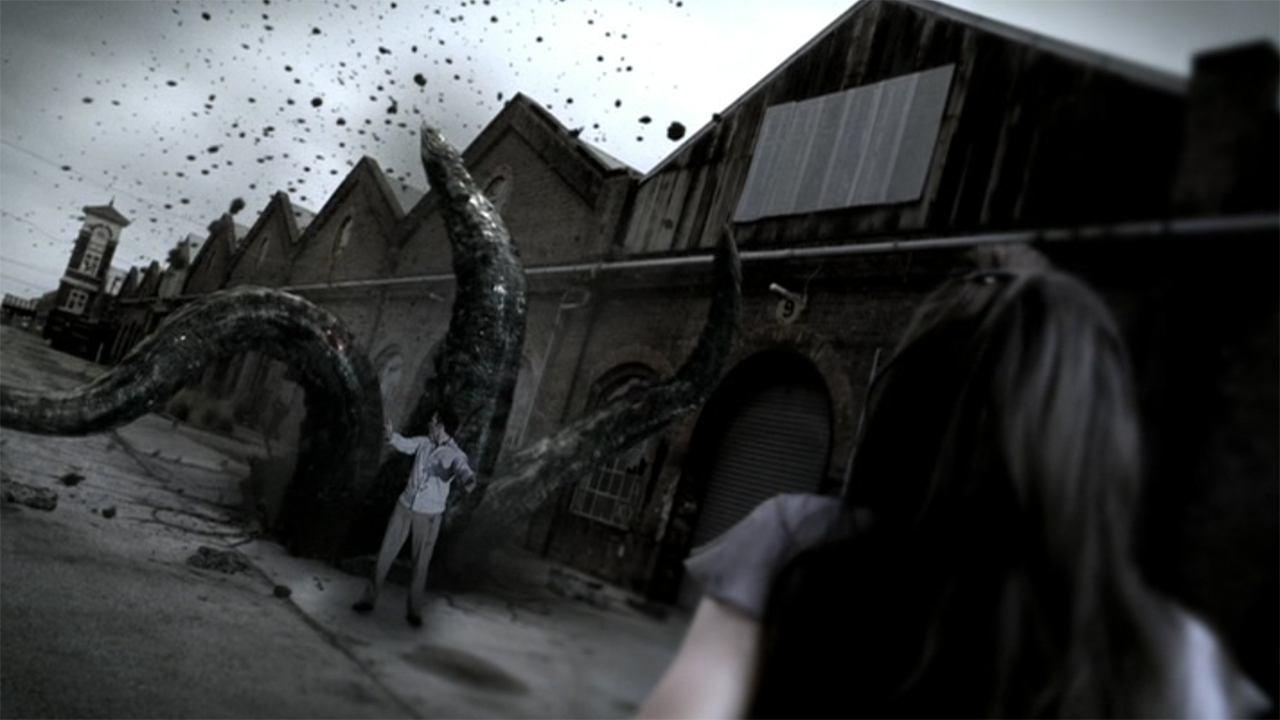
Is It Worthy Of The King?
Of all the episodes of Nightmares & Dreamscapes, I’d go as far as to say that “Crouch End” is the one best suited for a remake. The story is (intentionally) derivative, but its themes and escalating action are both terrific, and there’s a lot that can be done with the idea of strangers in a strange land who suddenly find themselves in an even stranger land. The problem with the 2006 adaptation is principally that the visual effects instantly take you out of the action, and the performances from the stars leave a lot to be desired.
The CGI in “Crouch End” isn’t as awful as the digital nightmare that is the Langoliers miniseries, but it is really shoddy – and particularly noticeable when you think about the incredible VFX work done in “Battleground.” It’s pretty obvious that one episode received a much bigger budget than the other.
The tentacle monster that erupts from the ground in the third is vaguely excusable, but never looks natural. Far worse is the scarring that is featured on the creepy cat that haunts the London neighborhood, which is laughable and never scary… which is a particularly bad thing when you consider that the adaptation tries to use the feline’s visage as a haunting final image.
(I’ll take this moment to mention that the ending of the Stephen King short story is pretty lazy, and just wraps things up with an exposition dump – but it’s still vastly superior to what Kim LeMasters and Mark Haber come up with.)
The work could hold up if it featured a pair of performers who let the audience really feel the dread they are experiencing, but in every single scene it feels like Claire Forlani and Eion Bailey could have used one or two more takes. The acting isn't awful (save for a few cringe-worthy moments), but “Crouch End” is a story that is built on the terror experienced by its lead characters, and Forlani and Bailey just don’t translate it.
In my piece about “Battleground,” I teased that only one episode of Nightmares & Dreamscapes is superior in terms of quality, and this week I’ll tease that there is only one worse than “Crouch End”… but I’ll keep the suspense of the reveal waiting until it’s that episode’s time under the microscope.
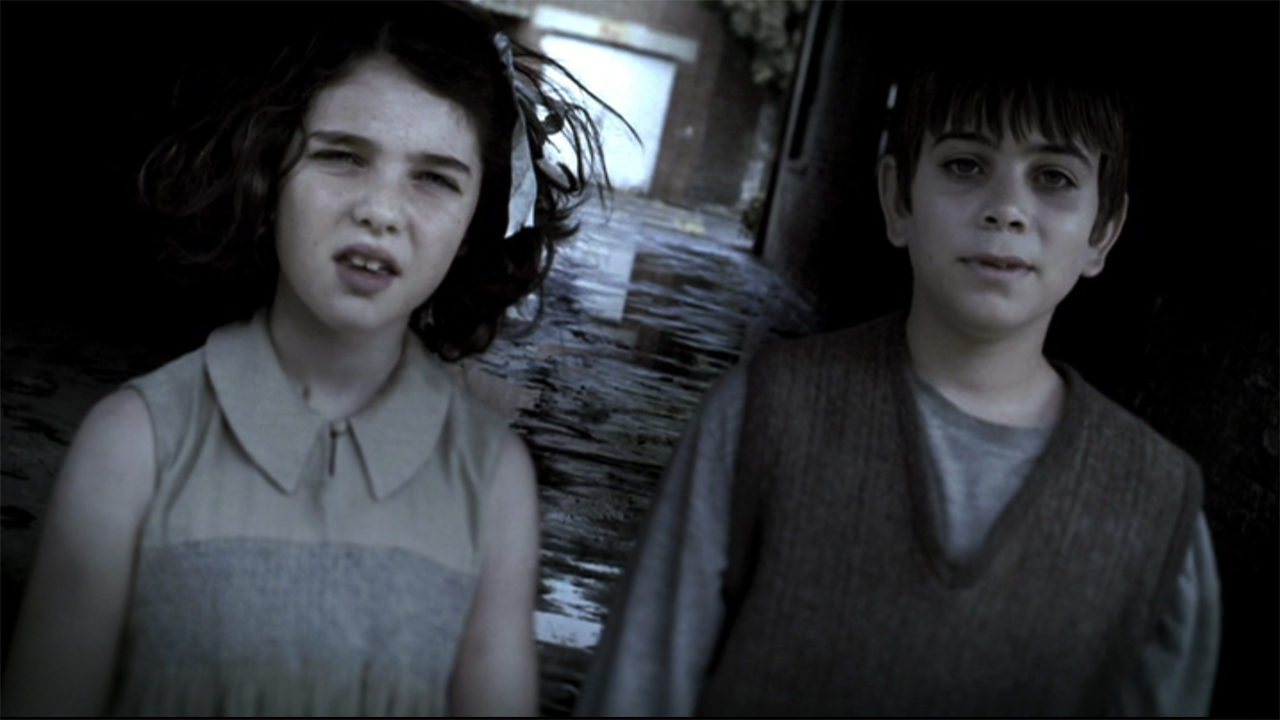
How To Watch Nightmares & Dreamscapes’ “Crouch End”
This is the part where I repeat the same bad news that I delivered last week. The quality of “Crouch End” notwithstanding, Nightmares & Dreamscapes is overall a wonderful chapter in the long history of bringing the work of Stephen King into live-action… but those who call the shots and have control over the show sadly aren’t doing very much to let people discover it. Not only is it not available on any digital formats – either to stream, rent, or purchase – but it has also not yet been given the HD treatment and released on Blu-ray. At present, the only legal way to watch the anthology series is by purchasing the three-disc DVD set, and the silver lining is that copies are easy to find and can be acquired for a low price.
Obviously next week’s column will be taking a look at the third episode of Nightmares & Dreamscapes, and it’s going to be a treat because I’ll be taking a look back at the brilliantly meta, Emmy-nominated “Umney's Last Case” – starring William H. Macy and based on the short story from the collection of the same name as the TNT anthology series. You’ll find it here in the CinemaBlend Television section on Wednesday, and meanwhile you can check out all of my previous Adapting Stephen Kings by clicking through the banners below.







Eric Eisenberg is the Assistant Managing Editor at CinemaBlend. After graduating Boston University and earning a bachelor’s degree in journalism, he took a part-time job as a staff writer for CinemaBlend, and after six months was offered the opportunity to move to Los Angeles and take on a newly created West Coast Editor position. Over a decade later, he's continuing to advance his interests and expertise. In addition to conducting filmmaker interviews and contributing to the news and feature content of the site, Eric also oversees the Movie Reviews section, writes the the weekend box office report (published Sundays), and is the site's resident Stephen King expert. He has two King-related columns.
